Hazardous Air Pollutants —— Assessment, Liabilities and Regulatory Compliance
----- 有害空气污染物:评估、责任和合规性
State and federal regulations affecting hazardous air pollutants have produced an escalating dilemma for industrial facilities. While struggling to remain competitive and in compliance with environmental regulations, industry faces increasing requirements and potential liabilities due to emissions of hazardous air pollutants. Many states began establishing regulations governing the emissions of hazardous air pollutants after the 1984 accidental release of methyl isocyanate in Bhopal, India. After thirteen years of extended debate, the US Congress passed significant amendments to the Clean Air Act in 1990. These various regulations require industrial facilities to evaluate, control, monitor, permit and assess risk for a variety of listed chemicals considered hazardous air pollutants. Title III of the 1990 Clean Air Act Amendments provides for the permitting and control of sources emitting as little as ten tons per year of one of 189 federally listed hazardous air pollutants. In addition, sources emitting lesser quantities of 100 of these 189 hazardous air pollutants have to develop risk management plans to prevent accidental releases. This requirement is very similar to the Occupational Safety and Health Administration regulation for protecting workers from accidental releases. Approximately ten other federal regulations also deal with emissions of hazardous pollutants.
{{comment.content}}
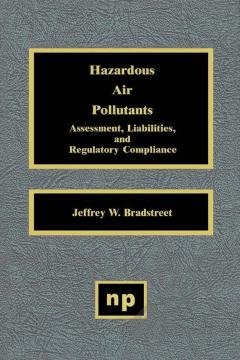
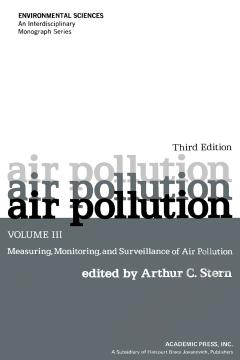
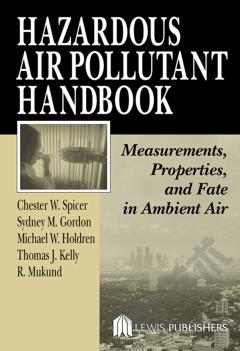
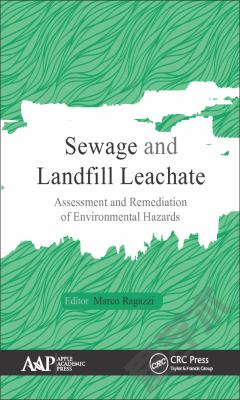
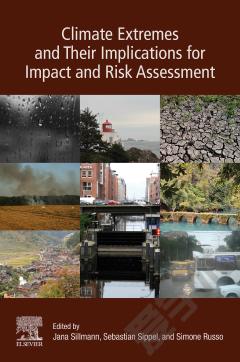



 京公网安备 11010802027623号
京公网安备 11010802027623号